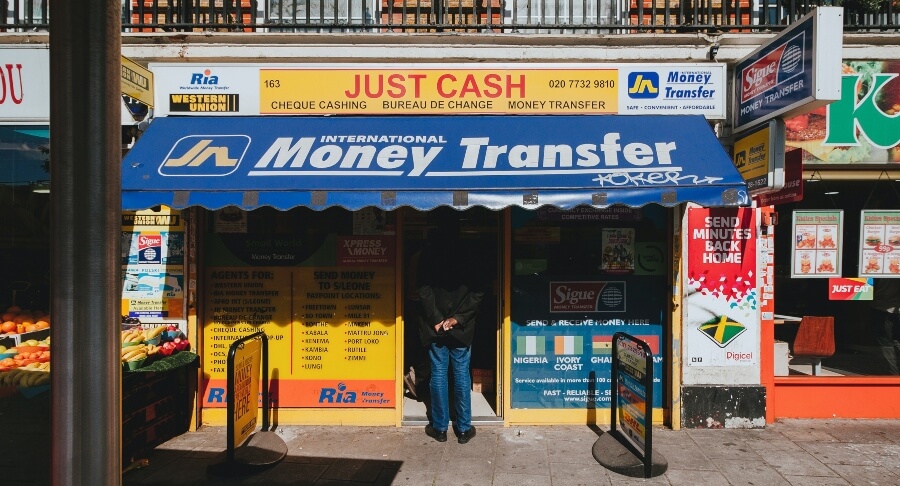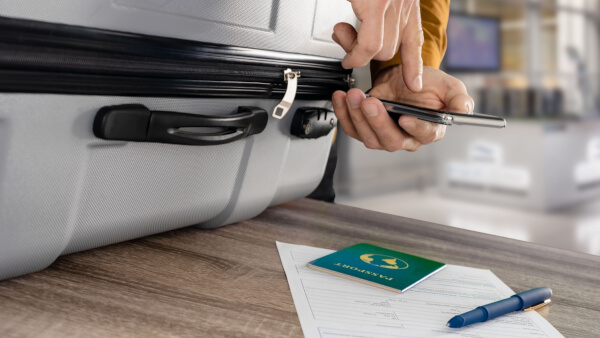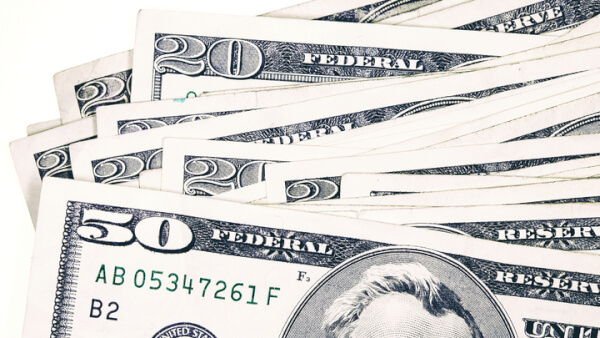Bankwest Credit Card Travel Insurance: Cards, Coverage, and How to Activate
Does your Bankwest credit card have travel insurance? Discover which cards still offer complimentary cover, the activation rules, and what it covers.

Sending money overseas isn’t really complicated, but sometimes it looks like it is. Western Union, for example, is one of the most familiar names in the international money transfer business – but if you start comparing its exchange rates and fees to its competitors’, the numbers might not seem so simple after all.
That’s why this article explains what the Western Union exchange rate is, and how it works – as well as how it compares to exchange rates offered by some other international money transfer services you can use in Australia.
These days, Western Union is known mainly as a money transfer service. From more than 200 countries and territories around the world, you can use Western Union to send money abroad¹. As you’d expect, WU is active in Australia.
One reason for its popularity is how well established it is: WU has been in the money transfer business for more than 145 years¹. It used to be the leading force in sending telegrams, too – though those days have now passed².
Western Union’s international money transfer service lets you send money online, or in person at one of their agent locations in Australia (or elsewhere).[3] If you’re doing it online, you can simply type in the amount you want to send, or the amount you want your recipient to get, and see a broken-down estimate of the fees you’ll have to pay⁴.
However, watch out for the exchange rate in particular. As Western Union’s site states, “exchange rates change frequently”³.
Let’s take a closer look at what that means.
Exchange rates change all the time, as the markets go up and down. You’ll therefore need to check the Western Union exchange rate at the latest possible moment before making your transfer. Even then, though, it might change. Read the smallprint on Western Union’s website and it states, “Fees and rates subject to change without notice.⁴”
Additionally, the smallprint says this: “Western Union also makes money from currency exchange.”⁴ And it’s well worth considering what that means.
It means this: the exchange rate that Western Union offers, isn’t the same as the real value of your money in the foreign currency. When Western Union converts your Australian dollars, it uses a marked-up exchange rate rather than the real mid-market rate – and it keeps the difference.
That’s why it so often pays to shop around when it comes to sending money abroad. When services like Western Union exchange money, they can set their own exchange rate – to the disadvantage of you, the customer.
If you’re paying WU via POLi, and sending your money to a bank account, you might be excited to see that the Western Union transfer fee is a big, satisfying 0.[4] But that isn’t the full picture: in effect, there is a fee after all – it’s just hidden in the exchange rate.
Western Union’s habit of making money off their exchange rate isn’t uncommon at all. In fact, it’s the norm in the international money transfer business.
That’s why it’s worth comparing a few different services.
In the table below, you can see how much your recipient could get if you send AUD 2,000 with a range of services – including Western Union and Wise.
They’re based on estimates from the providers’ websites, checked on 8 July 2020 at around 1550 BST. Generally they include fees, but there may be extra fees for things like credit card payment.
| You send | Western Union: Recipient gets³ | ANZ: Recipient gets⁵ | Worldfirst: Recipient gets⁶ | Moneygram: Recipient gets⁷ | Wise: Recipient gets⁵ |
|---|---|---|---|---|---|
| AUD 2,000 | GBP 1,100.24 | GBP 1,063.41 | GBP 1,101.00 | GBP 1,043.71 | GBP 1,100.91 |
There are a few other factors to bear in mind, too. For instance, Western Union offers cash pickup at its agent locations around the world – but that often means an extra fee³. And Worldfirst has a minimum transfer amount of AUD 2,000 – so the above is the lowest amount you can send with them⁶.
You should also be conscious of how costs vary. You’ll encounter different fees and exchange rates depending on where you’re sending the money to and how much you’re sending, as well as factors like payment and receipt method. Plus, of course, there’s the ever-changing exchange rate and the amount of markup added to it.
It doesn’t really have to be so difficult to factor in the exchange rate, though. Here’s why.
Hiding the fee in the exchange rate might seem unnecessarily confusing. So Wise doesn’t.
Instead, Wise shows the real, mid-market exchange rate – the same rate that banks use to trade between themselves – so that you can get an accurate impression of exactly how much your money is worth in a foreign currency. Plus, if you book in your transfer, the rate you see online is guaranteed for 48 hours.
Then, Wise simply charges a low, percentage-based fee according to the transfer amount.
To make sure you always get good value for your international money transfer, always check what you’re offered against the mid-market rate. You can also use Wise’s comparison tool to see what some of the leading Australian providers are charging.
So, what’s the deal with Western Union’s exchange rate? To find out for sure, you’ll need to compare it to the mid-market rate – and other services – just before making your transfer. And remember, whatever the Western Union exchange rate is, it’s likely to be marked up to effectively include a fee.
The true cost of your transfer is both the fixed fee and the exchange rate – which is why it’s always worth shopping around.
Sources:
All sources checked 8 July 2020
*Please see terms of use and product availability for your region or visit Wise fees and pricing for the most up to date pricing and fee information.
This publication is provided for general information purposes and does not constitute legal, tax or other professional advice from Wise Payments Limited or its subsidiaries and its affiliates, and it is not intended as a substitute for obtaining advice from a financial advisor or any other professional.
We make no representations, warranties or guarantees, whether expressed or implied, that the content in the publication is accurate, complete or up to date.

Does your Bankwest credit card have travel insurance? Discover which cards still offer complimentary cover, the activation rules, and what it covers.

Thinking about buying US shares? Learn how to invest in the US market from Australia, from choosing a broker to managing tax.

How to make money online and from home in Australia: For beginners, students and more

Guide to the best trading platforms in Australia for beginners. Compare top providers on fees and features to find the right platform for you.

Looking for the best credit card for Krisflyer points in Australia? We’ve compared the top cards across key factors like earn rates, fees, and more.

Thinking of buying property overseas from Australia? Our guide covers the process, how to get an overseas mortgage, and tax implications for Australians.